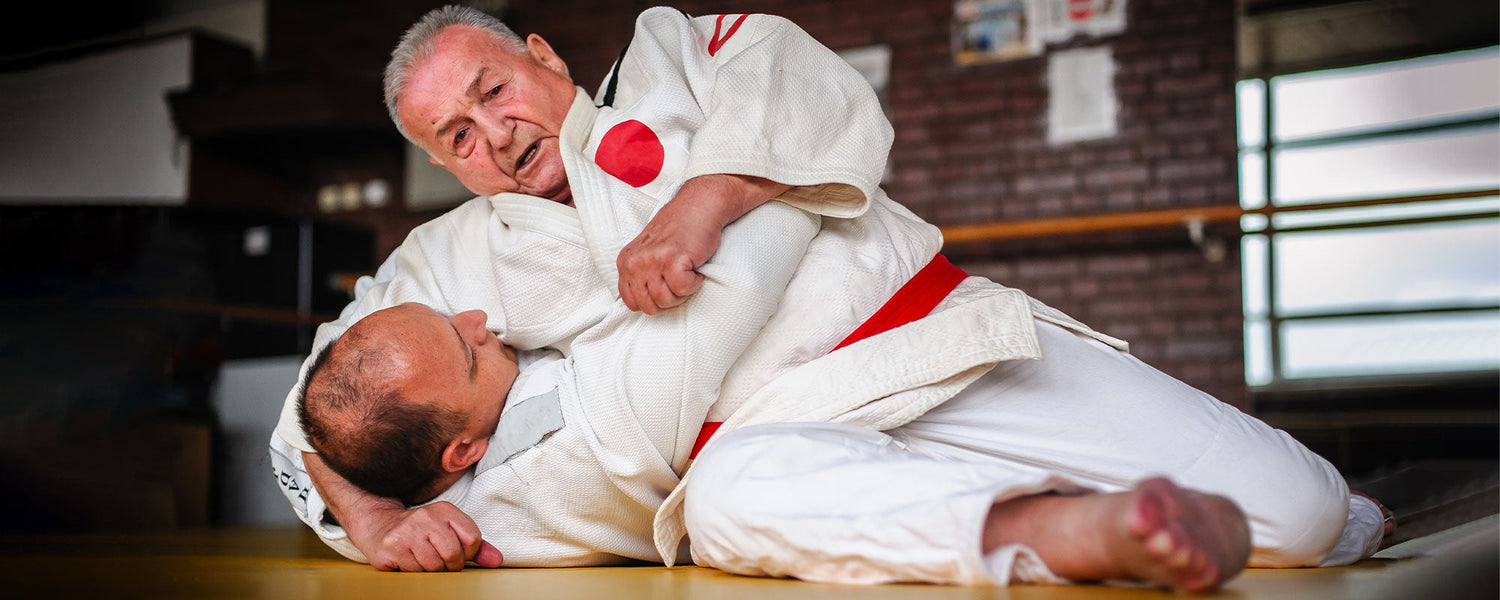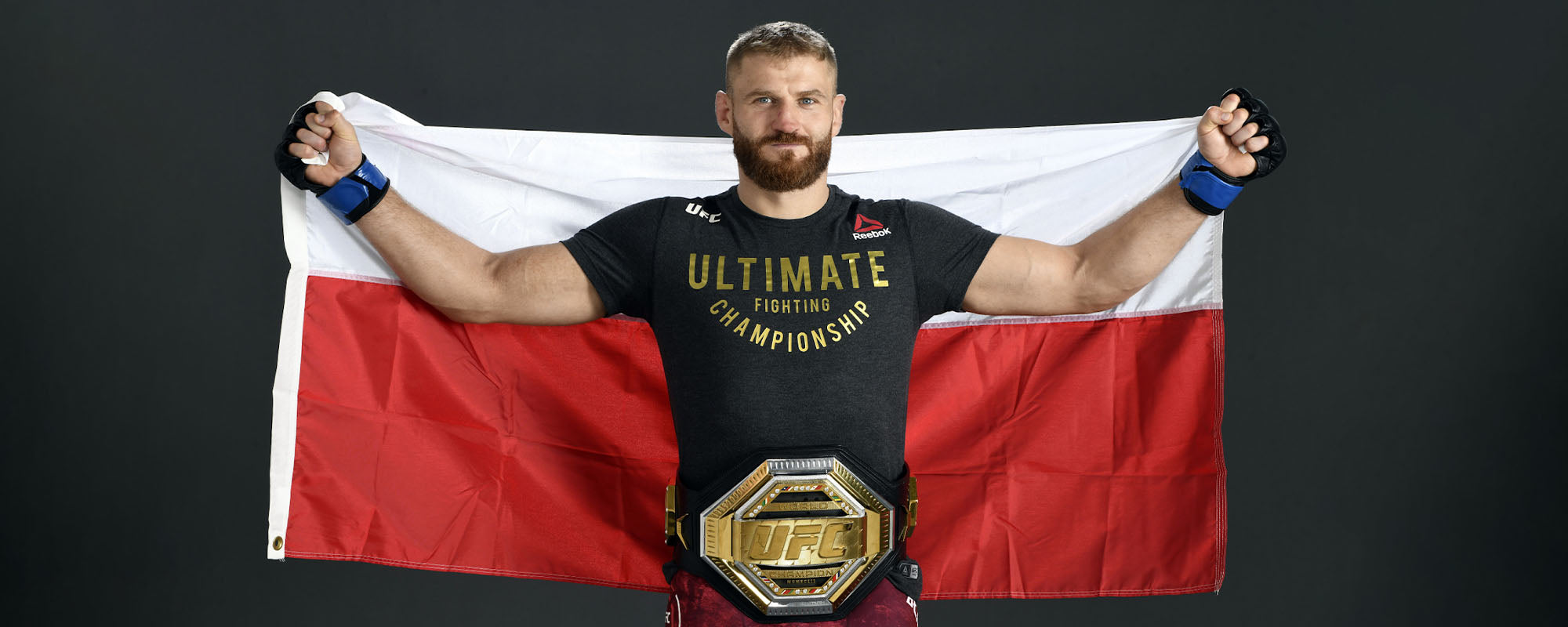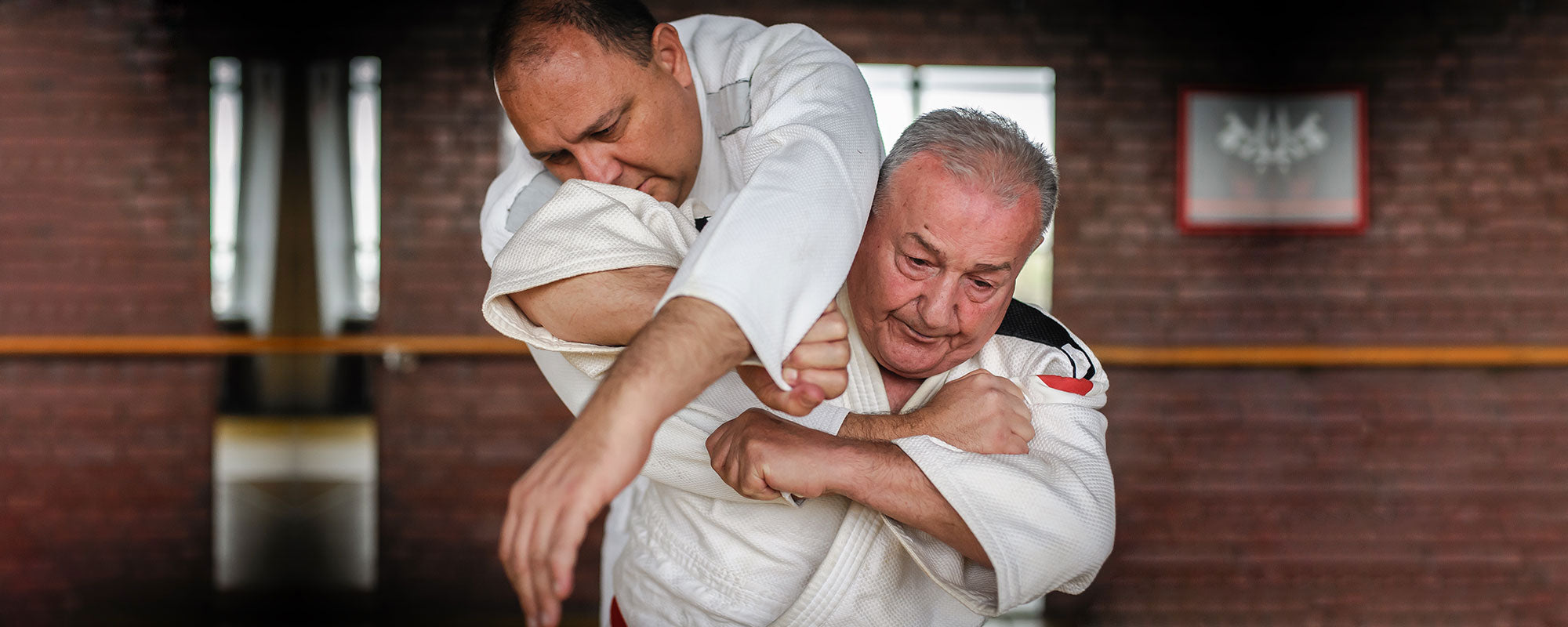Brazilian jiu-jitsu is one of the most significant martial arts. It works on the unique principle of effectiveness regardless of the opponent's age and weight. BJJ is equally proportional to mental endurance; the key is to use the proper technique and leverage to submit the opponent.
It is quite a tricky task to dominate the young BJJ fighters with the old grapplers. Learning effective strategies, the techniques of the takedown, and the execution of the proper submission method is crucial. As with the passage of time, the old grapplers lose their flexibility, agility, and stamina. The best part is increasing effectiveness with a prime focus on the takedown, which also ensures safety.
Elderly grapplers need to improve the efficiency that keeps them and their training partners protected. In this article, we will explore the most useful and effective ways for old grapplers to do this. We will look into the best options for guards, takedowns, and submission techniques.
Table of content
1. Effectiveness of Techniques

Selection of the most efficient tactics at the proper time is essential, but as we talk about the old-age grapplers, this method is extremely crucial. Every fighter has a different physique, and they select comparatively different strategies. The inclination of the physical and mental attributes is a vital part.
Old grapplers need to work on mobility and endurance with particular techniques that work on leverage instead of pressure and power. It is imperative to pick and adopt the appropriate methods that not only help with takedowns and submissions but also ensure a safe training experience.
We are recommending the best strategies for older grapplers that will reduce the severe physical strain and maximize the grappling experience.
2. Effective Guards For Old Grapplers

It is quite evident that the physical potential of the elderly BJJ fighter is comparatively less than that of the young grappler. But this fact is not the pivotal point on which we can judge the grapplers, this is the beauty of BJJ.
The experience and knowledge of the old fighters work as their prowess, which is considered a significant factor in jiu-jitsu. Let us find out some of the easiest guards for the old grapplers.
The top and back positions are considered to be the most dominant positions in BJJ. The top position is the most difficult position to attain, especially when the old grapplers are in front of the young and energetic fighter; although it is not impossible, we will discuss some of the most useful guards that will provide the maximum opportunities.
2.1. Half Guard
Half guard is a defensive position that provides maximum control and also helps control the distance between the grappler and the opponent. It works very well for elderly BJJ fighters. It is a deceptive tool that helps the fighters slow down the bout. In addition, it provides time to work on the next move. In the meantime, the grappler can contemplate the opponent's next move.
Basically, the old grappler entangles the legs of the opponent, and he can go for the sweeps and takedowns. The best part is that the half-guard offers multiple variations. The old grappler can go for the following half guards, which include:
- Deep Half Guard
- Z - Half Guard
Half-guard is applicable not only in the offensive but also in the defensive position.
Application

- The fighter is on the mat and facing the opponent who wants to be in the dominant position.
- The fighter needs to control the distance by placing one leg of the opponent between both legs.
- Maintain the distance by keeping the other leg of the opponent away from your side.
- The next and crucial step is to squeeze the thighs to create the pressure.
- The opponent will target the head, or he might create the undertook, so you must stay aware of it.
- The next step is to make the underhook to restrict the opponent's movement.
- Stay on your side, and do not give more space to your opponent.
- Submit your opponent with any of the submission methods.
2.2. Spider Guard
Spider guard originated from judo and later evolved into Brazilian jiu-jitsu. It is a defensive tool used to take control of the opponent’s moves and restrict the movement of the upper body. The old grappler can use one foot to place it over the agile fighter's bicep. The other foot is placed on the second bicep, which is slightly bent.
This position helps to protect the old grapplers from the attacks; in addition to that, they can go for the back takes and sweeps. The old fighter can use the hands to maintain the grip over the sleeves to prevent hand fighting.
It requires a strong hand grip and side-by-side, it is dependent on the mobility of the hips and strength of the legs. It provides the benefit of keeping the head safe and restricting the opponent's movement to get the dominant position. It works really well with a larger opponent.
Application
- In the first step the fighter is on the mat, and the opponent is in the sitting position.
- The first step is to grip the sleeves of the opponent.
- The legs are placed at the sides of the torso.
- In the third step, the old fighter can easily slide towards the left side.
- Keep the knee in front of the chest and the other leg is at the side in a straight direction.
- The next step is to put the feet at the shoulder of the opponent.
- Then push the opponent backward with the pressure of the feet.
- Move the foot placed on the collar under the armpit of the other arm.
- Put the other leg on the mat, as the knee is facing in the upward direction.
- The next step is to move in a slightly right position and apply the pressure to put down the opponent on the mat.
- Then the old grappler can easily sit on the shoulder by placing the legs on the torso.
- At last, you can apply the armbar submission.
2.3. Closed Guard
Closed guard is the fundamental movement that creates a boundary between the fighter and the opponent. It helps to prevent most submission methods and is the best method of escaping from a certain position.
This strategy allows the older grapplers to take an advantage over the passionate grapplers. In addition, the old grapplers can gain the proper control over the opponent with a relatively less amount of energy. Closed guard reduces the risk of injury, and in the meantime, the expert grapplers can maintain their position and apply the strategic approach.
It is the most stable guard that provides maximum opportunities when the opponent is in the top position. Closed guards can be applied in the offensive and defensive positions. The old grappler can restrict the movement of the approaching fighter with the hooks of the legs. It requires less energy and helps to prevent the movement of the young opponents.
In the meantime, the elderly grappler can improve their position and easily work for self-defense tactics.
Application
- The fighter is in the sitting position, and the opponent is approaching from the front.
- The fighter needs to grab his knee with both of his hands.
- the next step is to keep the opponent in the center position.
- You need to take control over both of the hands so there will be no hand fighting.
- This step will also help to apply the closed guard properly.
A closed guard can be applied when the opponent is standing.
- A closed guard can be applied to the opponent in the standing position.
- For that you need to stop the legs motion by placing it at the knees of the opponent.
- Hold the arms and get downward by pulling your opponent down.
- Place the legs at the sides of the torso.
- Then after moving the hands down, create the hook with the feet.
When both of the fighters are in the standing position:
- As both grapplers are in the standing position, you can hold the fighter's sleeves or wrists.
- Pull the sleeves down, and the fighter needs to come on the mat.
- The fighter can take control by placing the legs on the back of the opponent by creating a hook.
- Pull the opponent in the downward direction.
- Put the pressure with the feet to get him in the ground fighting position.
- The fighter can pull the opponent's shin to get him on the knees.
- In this way, the old fighter can easily submit the opponent with his experience and tactics.
2.4. Butterfly Guard
Butterfly guard is the traditional guard method, also known as the hook guard. The old grappler can use it from the bottom position to hook the legs of the young fighter. In butterfly guards, when the old BJJ fighter is in the bottom position, they can create a hook with their feet that entangles the shin and thighs of the young fighter.
In this way, they can maintain the distance and change the position of the top fighter. Once the opponent's angle breaks, the old grappler initiates sweeps and executes submissions.
The oldest method of butterfly guard blends very well with the tactics of the old grapplers. Moreover, it allows mobility, and with minimal motion, it works on the principle of leverage. The old grapplers can make it a more powerful technique with their skill set and wisdom.
Application
- The best way is to apply it in the sitting position.
- The fighter can take any of the three positions: under hook, over hook, or hold the opponent's belt.
- In this way, you apply the pressure on the opponent.
- the next step is to pull the opponent on top of yourself with a tighter grip on the hands.
- The old grappler can easily apply the pressure to turn the opponent in an upward position.
- The fighter can either move the opponent in the upward direction or he can also take him to the side direction.
2.5. Deep Half Guard
There is a sight difference between a half-guard and a deep half-guard, as the fighter is used to placing his feet to restrict the opponent's movement. In this position, the fighter shows the potential of the sweeps and distorts the opponent's position by utilizing space.
A deep half-guard is the best way to restrict the movement of an aggressive opponent. It increases the opportunities to submit to the opponent. For elderly grapplers, it is the best way to take control over a young opponent in a relatively short time. There are three different variations of the deep half-guard.
Application
- As the old grappler is on the mat, he uses one of his hands to guard the opponent's hip. (it requires less effort and is suitable for the old grappler)
- On the other hand, the fighter needs to create a hook under the leg.
- Pull the opponent in the downward direction so that he will come to face the ground.
- Keep the bottom of the body close to the face, and firmly grip the opponent.
- As one leg of the fighter is in the bottom, the fighter slightly tilts the body to the opposite side.
- The old grappler needs to leave the hands grips and bend to the side
- The next step is to place the leg over the opponent’s leg.
- Create the hook with both of the legs and secure it tightly.
- The head of the fighter is under the body of the opponent.
- The hips are over the position of the shoulder.
- The last step is to hold one of the hands of the opponent.
- The last step is to slide the knee and drop the opponent to the ground. Then, the grappler can apply any submission method.
The best part is that the old grappler, with perfect timing, can take the dominant position. In this way, with the least effort and the maximum use of mental endurance, the old BJJ fighter can dominate through guards.
2.6. De La Riva Guard
Guards are the fundamental unit of grappling art, and they require proper attention to be effective. They are the simplest and most effective way for elderly grapplers to gain dominance over young grapplers.
The De La Riva Guard is used against massive and aggressive opponents. It helps control the opponent's moves and maintain distance, providing maximum opportunities for old grapplers.
Application
- The fighter is on the ground, and the opponent is dominant.
- The old-age grappler can easily use one leg under the opponent’s knee to create the hook.
- The opponent can hold the collar with one hand or grip both sleeves.
- Keep the leg hook steady in its place.
- It provides maximum opportunities to submit the opponent.



Leave a comment
This site is protected by hCaptcha and the hCaptcha Privacy Policy and Terms of Service apply.